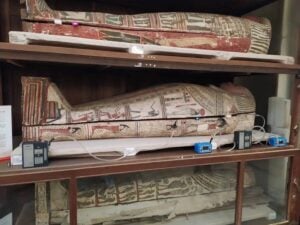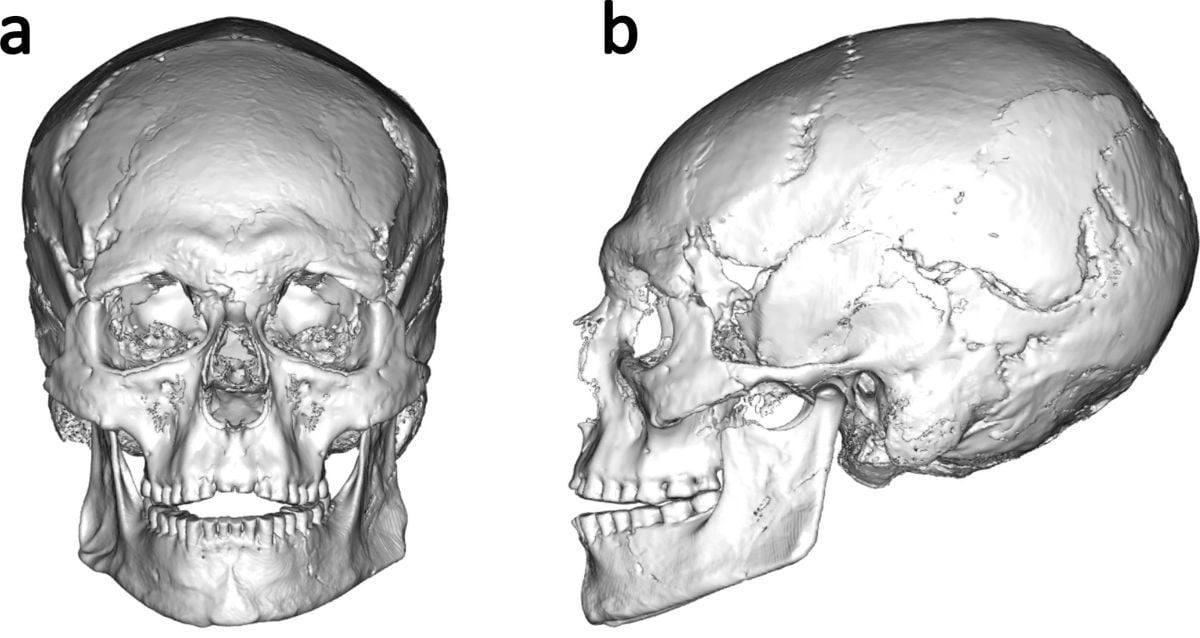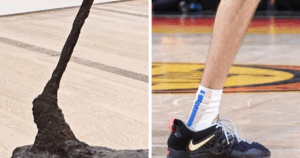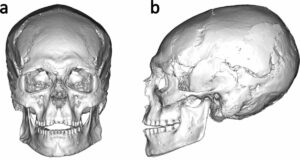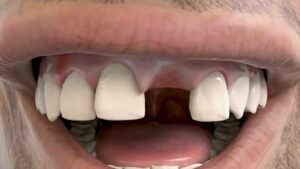“Unlocking the Secrets of the Afterlife: What Ancient Egyptian Mummies Reveal About Their Enigmatic Fragrances”
Initially, embalmers would remove the brain, often through the nostrils using specialized hooks. Following this, a cut was made on the left side of the abdomen to extract internal organs like the lungs, stomach, liver, and intestines. These organs were individually treated, dried, and placed into canopic jars, each overseen by one of the four sons of Horus, deities believed to protect the organs.
The heart, which was considered the seat of intelligence and emotion, was typically left inside the body to be weighed in the afterlife.
To prevent decay, the body was dehydrated using natron, a natural salt, effectively removing all moisture.
After dehydration, embalmers cleansed the body with wine and spices to purify it. The body was then anointed with oils and resins, which served both to maintain skin elasticity and to imbue the body with a pleasant fragrance, as the ancient Egyptians believed that sweet scents were associated with purity and divinity.
The specific oils and resins used were often imported and held significant value. These included things like frankincense, myrrh, cedar oil, and juniper resin.
How Scientists Captured These Scents And What Their Research Could Mean
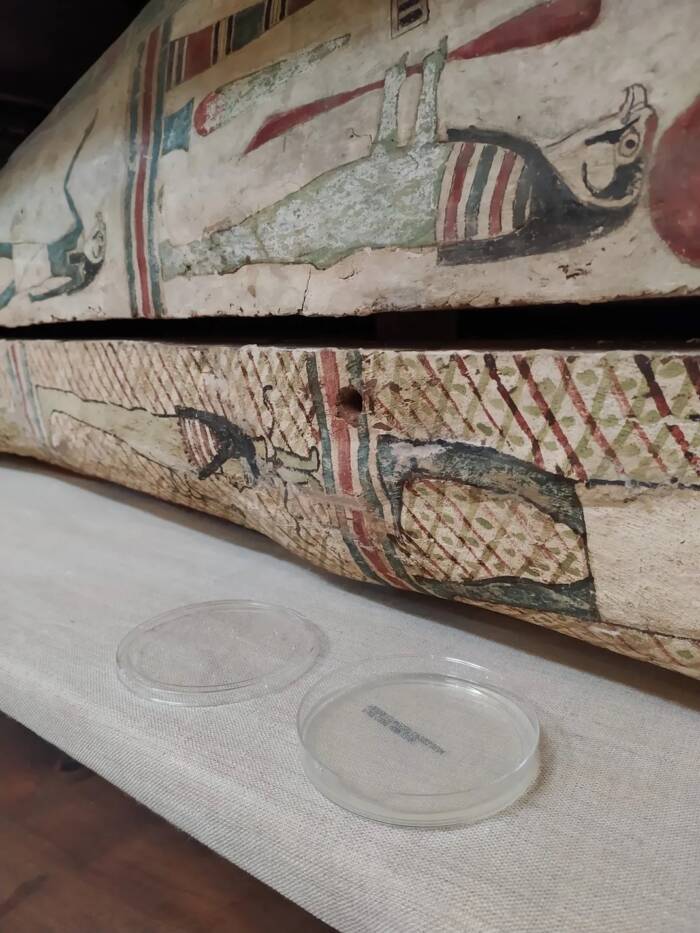
Emma PaolinResearchers use a sedimentation method to capture samples of the microbial air around the sarcophagi.
To capture and analyze these scents more thoroughly, researchers emulated a technique commonly used by perfumers to collect the aroma of rare flowers in the wild, a technique that is, notably, “non-destructive.” They used a small mold to gently vacuum the scent into a cartridge, which contained a polymer material to trap odor molecules.
